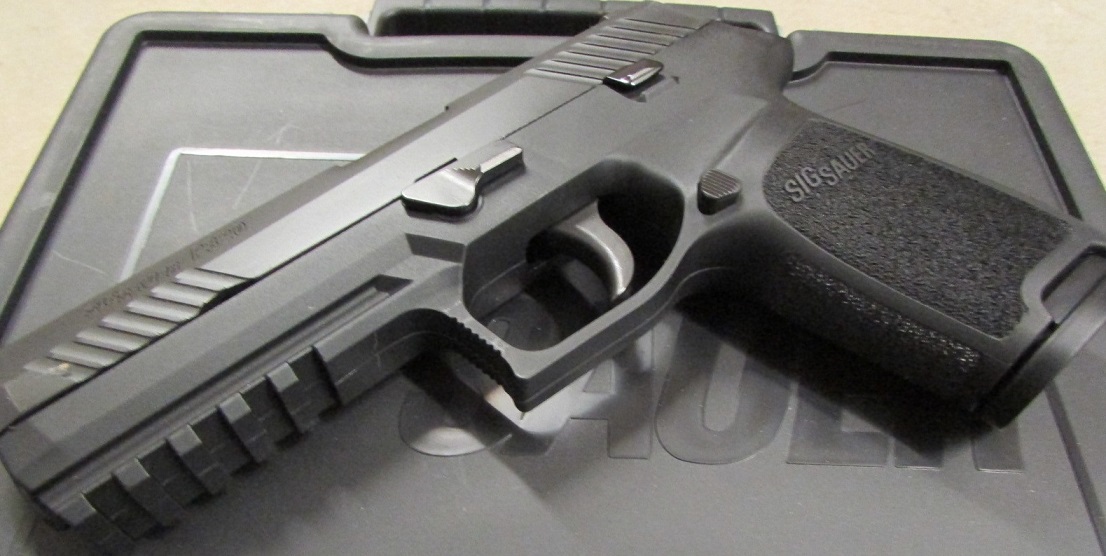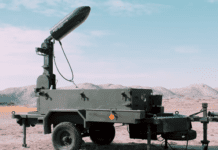This post is also available in:
 עברית (Hebrew)
עברית (Hebrew)
US Army soldiers fighting in Iraq and Afghanistan have been gaining more than a decade of experience in close-quarter combat, an ability to maneuver with increased lethality in caves, tunnels, crawl spaces, attics or buildings which allows soldiers to access life-impacting firepower more effectively.
While longer, larger rifle may not be available for use in “tight quarters” situations, the new M17 and M18 pistols that will soon be supplied to the soldiers were specifically designed to comply with to the requirements of confronting fast emerging targets and quick-changing circumstances, fundamental to close-quarter combat, which naturally require rapid decision making and on-the-spot flexibility amid military confrontation, as US Army developers emphasized.
Soldiers with the US Army’s 101st Airborne Division have been the first to receive the services’ new high-tech 9mm pistol engineered to give dismounted infantry a vastly increased ability to fight and close with an enemy in caves, tunnels, crawl spaces, houses and other close quarter combat scenarios, according to nationalinterest.org.
Service weapons developers and soldiers say the new M17 and M18 pistol, designed as a next-generation handgun, is expected to substantially change combat tactics, techniques and strategies for dismounted soldiers on-the-move.
The new pistols are variants of the striker-fired P320 pistol made by Sig Sauer. They are expected to replace all of the Beretta M9 pistols that are currently in service with the US Army in a process that will take up to 10 years to complete, according to thefirearmblog.com.
The new pistol is built with a more ergonomic configuration to better accommodate the widest possible range of hand grip techniques for soldiers and enable rapid hand switching as needed in combat. The M17 is said by developers to bring much tighter dispersion, improved versatility and next-generation accuracy.
The new handguns are built with an external safety, self-illuminating sights for low-light conditions, an integrated rail for attaching enablers and an Army standard suppressor conversion kit to attach an acoustic/flash suppressor, service developers said.
The Army is now acquiring thousands of full-size XM17 and compact XM18 versions of the new 9mm pistol.
The new features add “a whole new dynamic to close-quarter combat. A standard pistol cannot change grips or allow a soldier to switch from a right-handed shooter to a left-handed shooter. This is a great capability for us to put in play,” said Sgt.1st Class Andrew Flynn, 101st Division Master Gunner. Close quarter combat, while considered indispensable to successful counterinsurgency warfare, is also something of significant relevance to large-scale force-on-force, mechanized combat against a potential near-peer adversary.
The Army’s M17 acquisition effort unfolded on a massively accelerated timeframe, moving to contract within 10 monthsץ The fast-tracked acquisition effort, which merged work from the Army Research Lab and the Army’s Armament Research, Development and Engineering Center, drew heavily from modeling and simulation to expedite development of the new weapon. The Army has been closely coordinating with the Special Operations community regarding training and development of the new handgun, given the consistency with which close-quarter combat is utilized by SOF.
The M17 and M18 pistols are manufactured by Sig Sauer, who earned the $580 million contract to produce the weapons in January of this year. Other competitors included Glock, FN America and Beretta USA

























